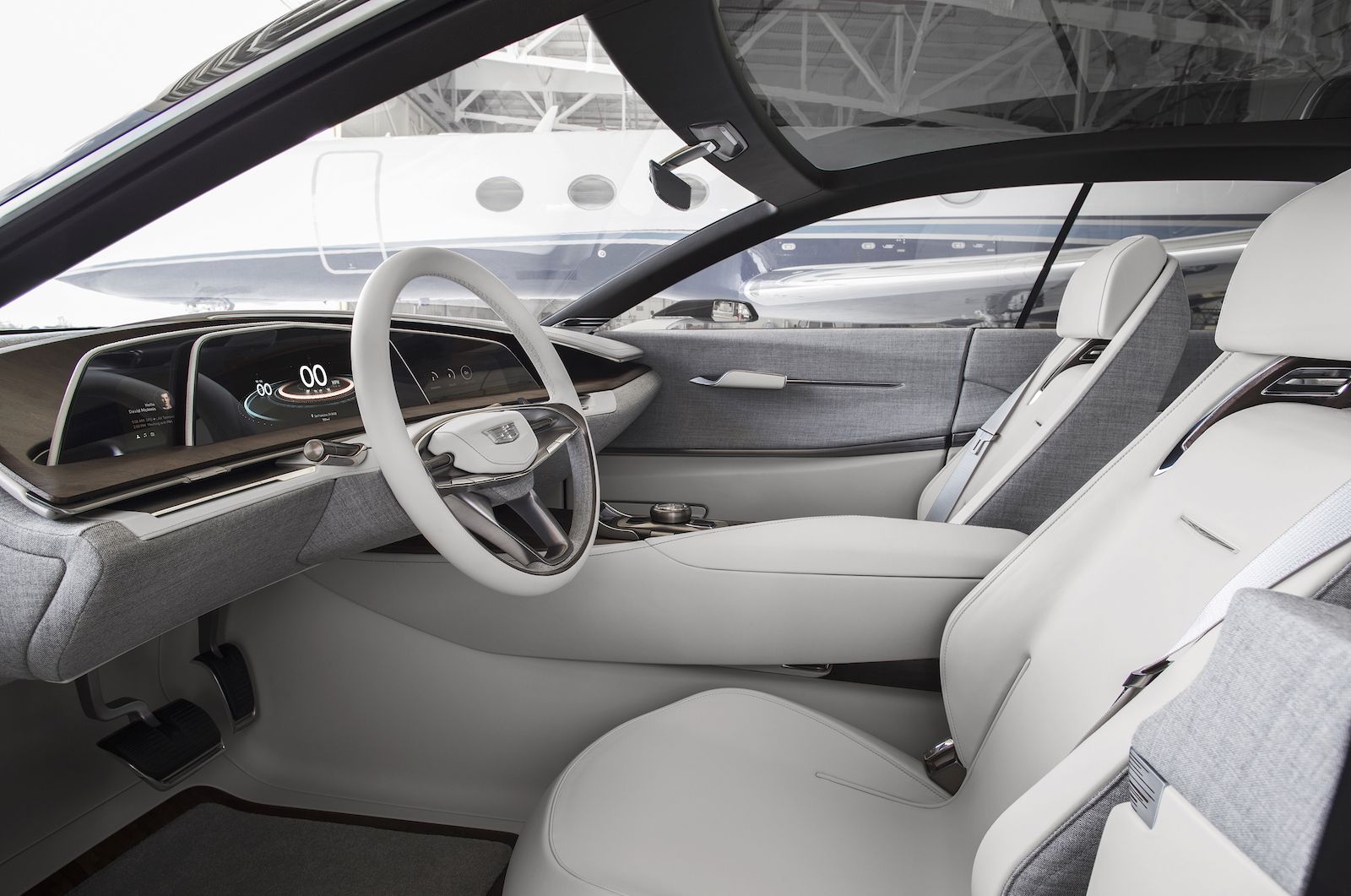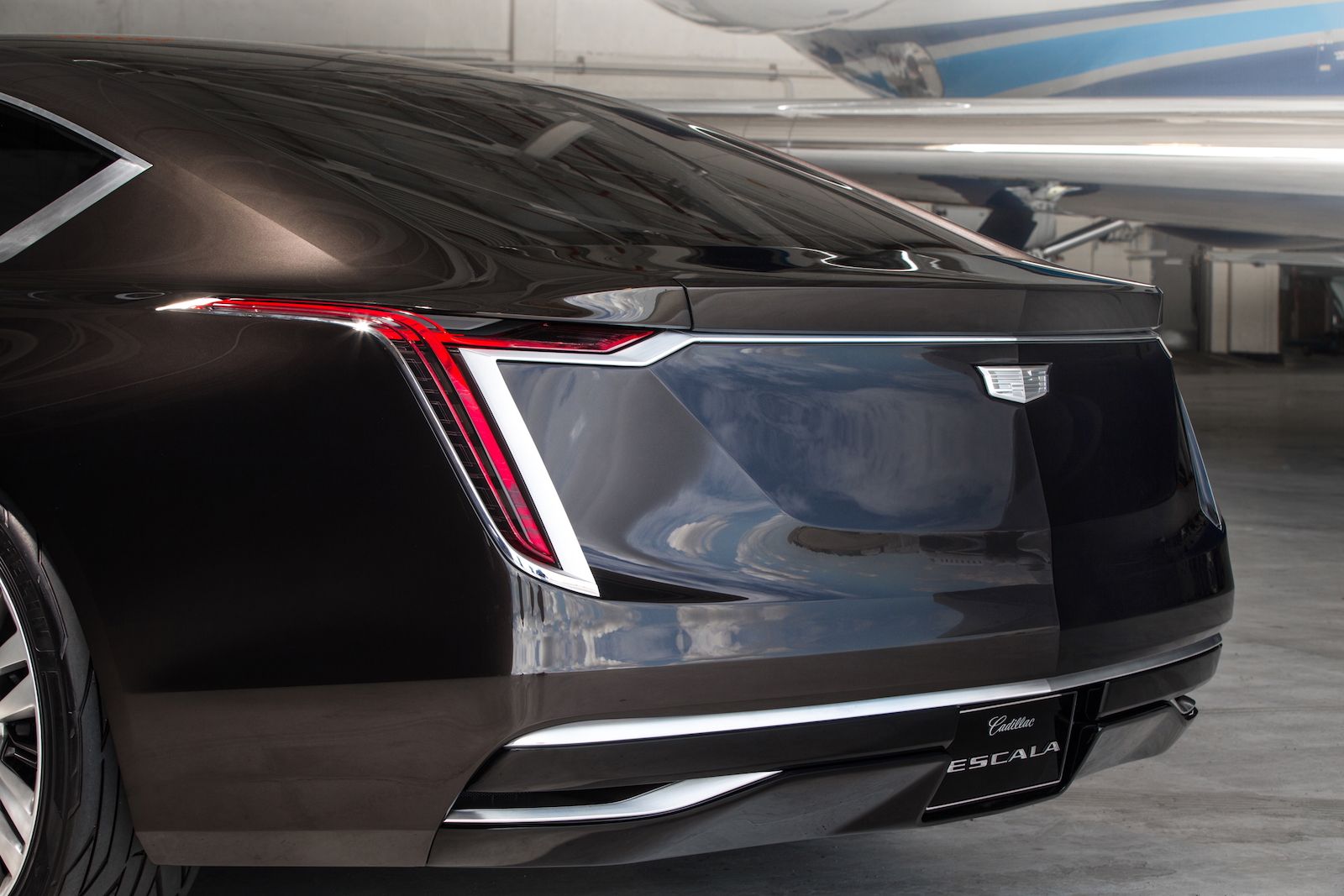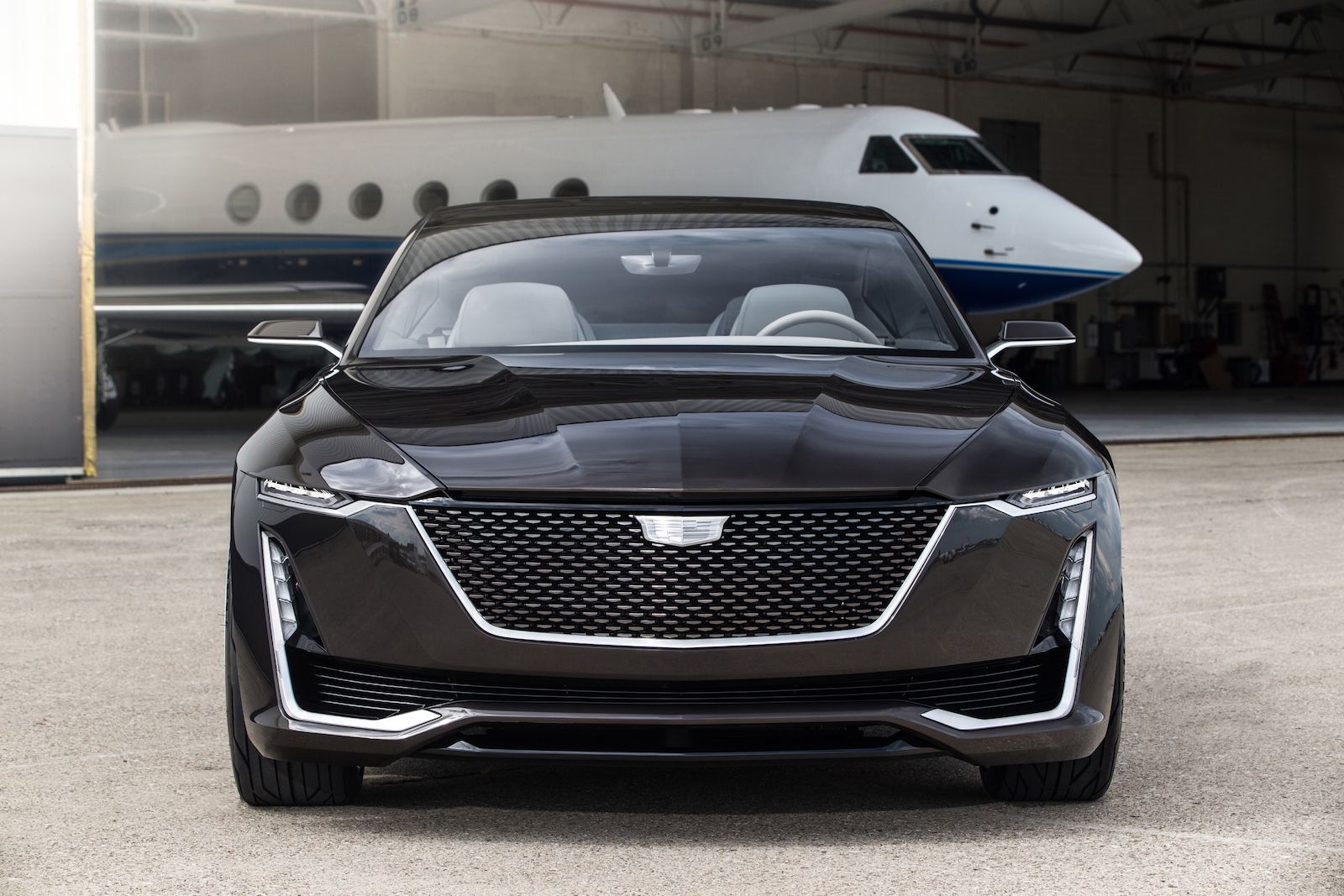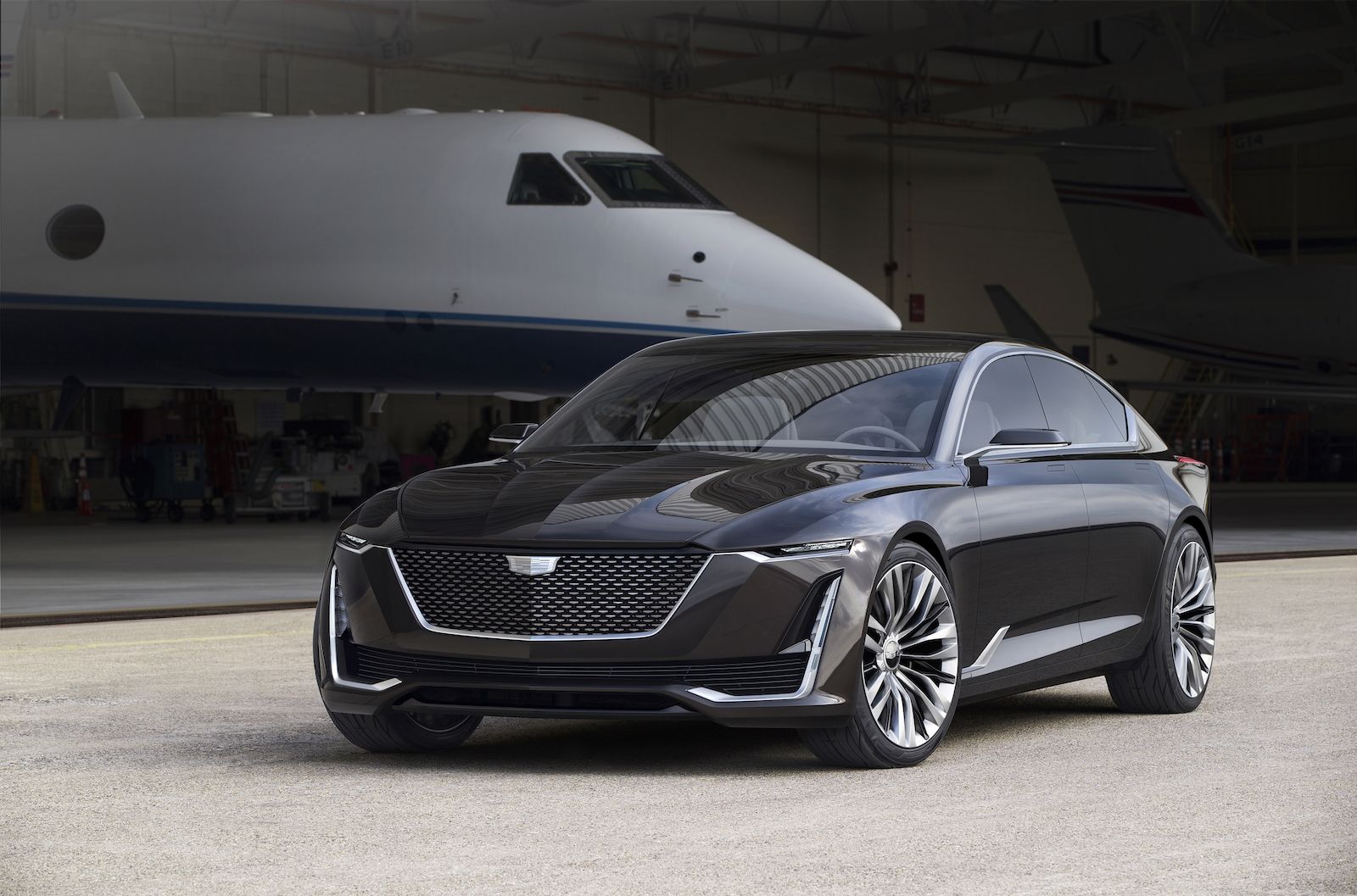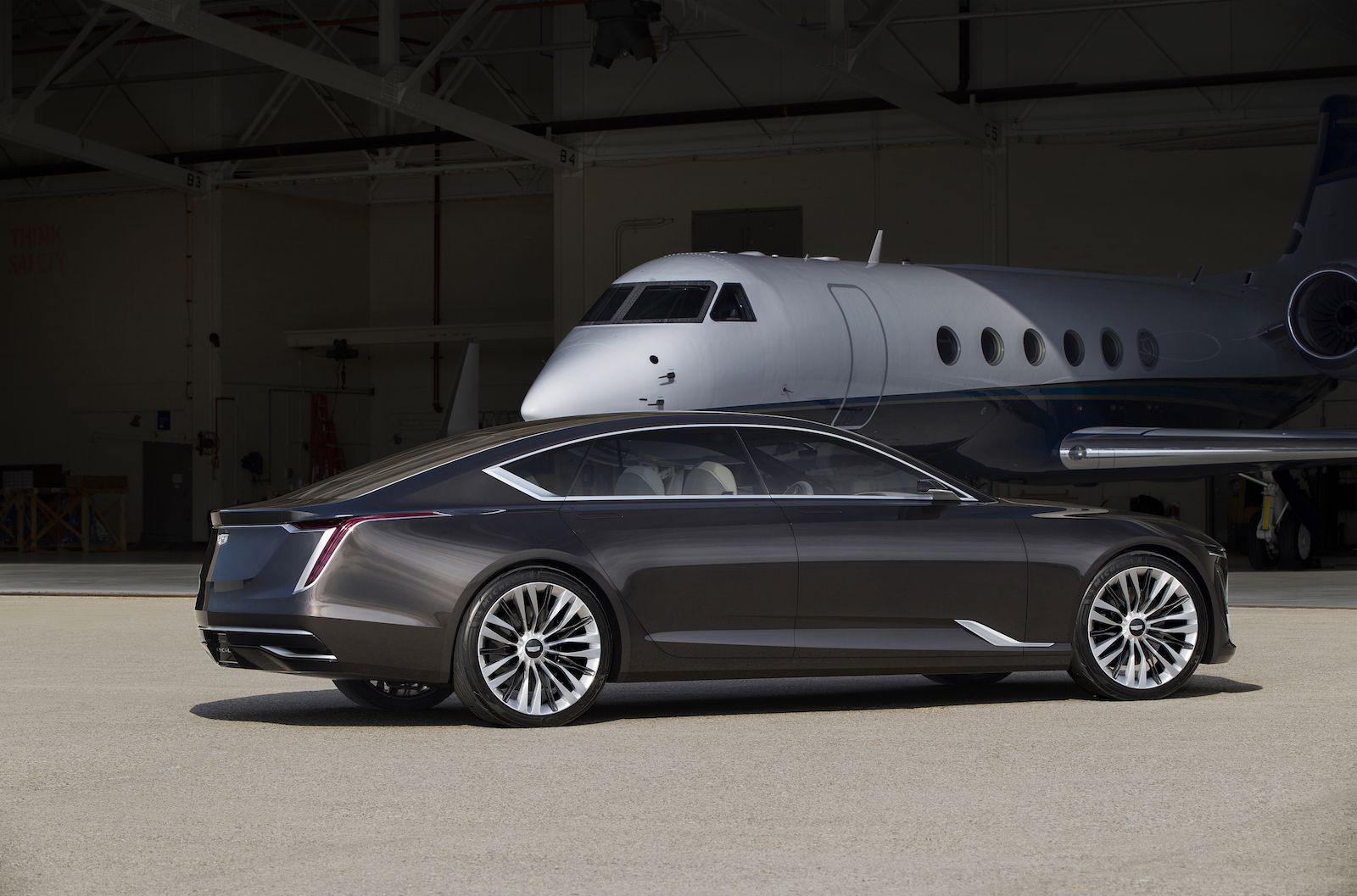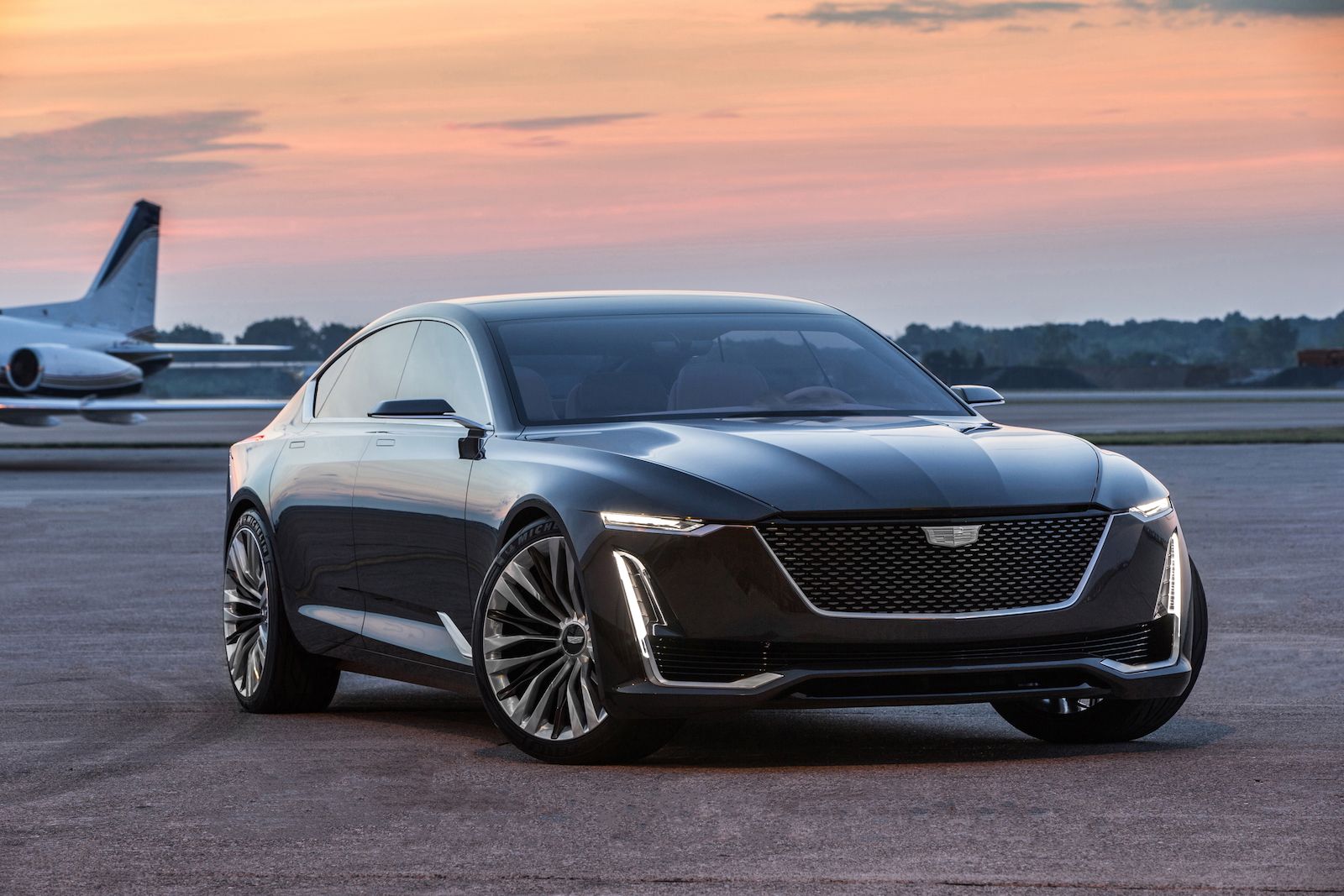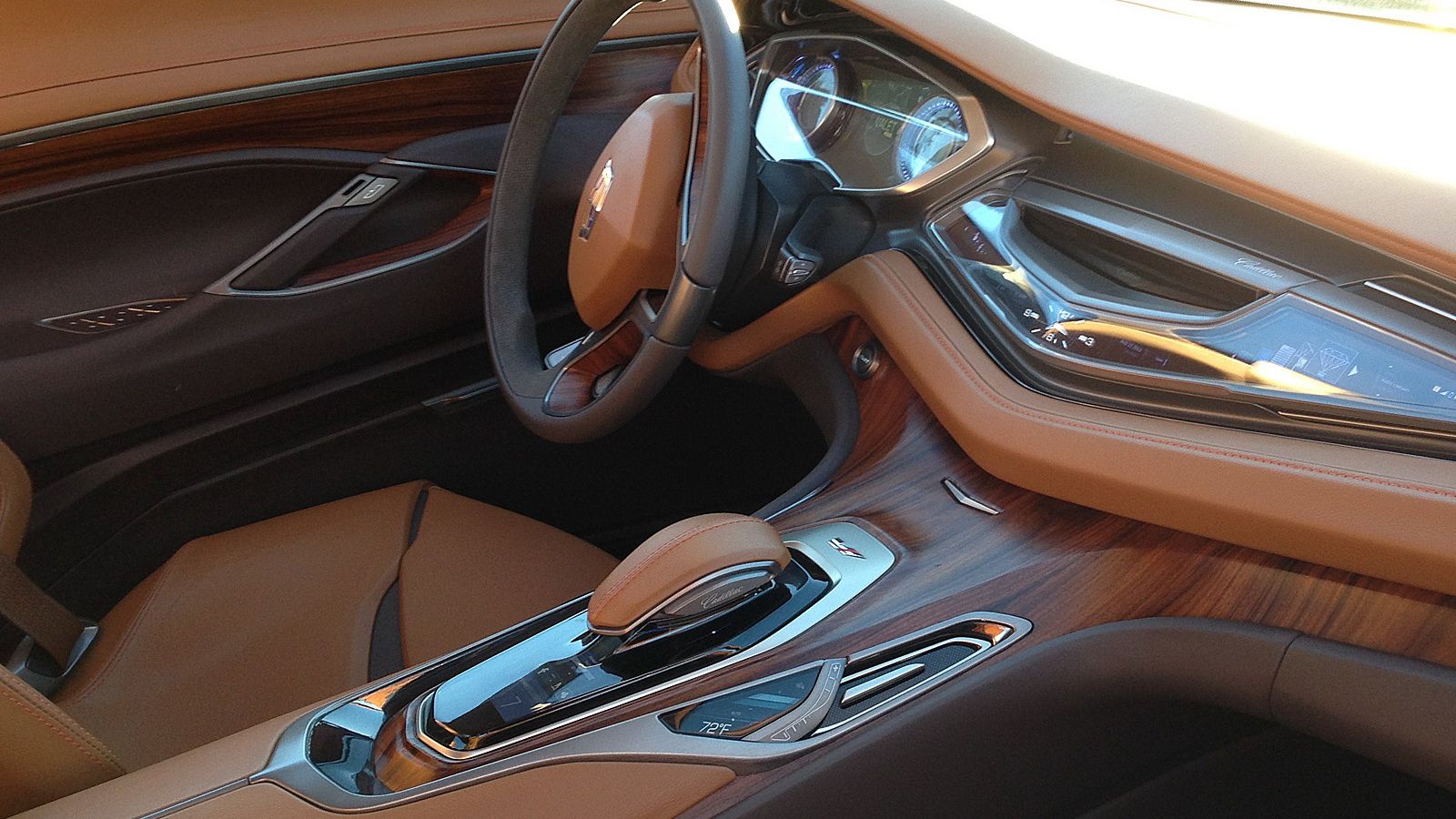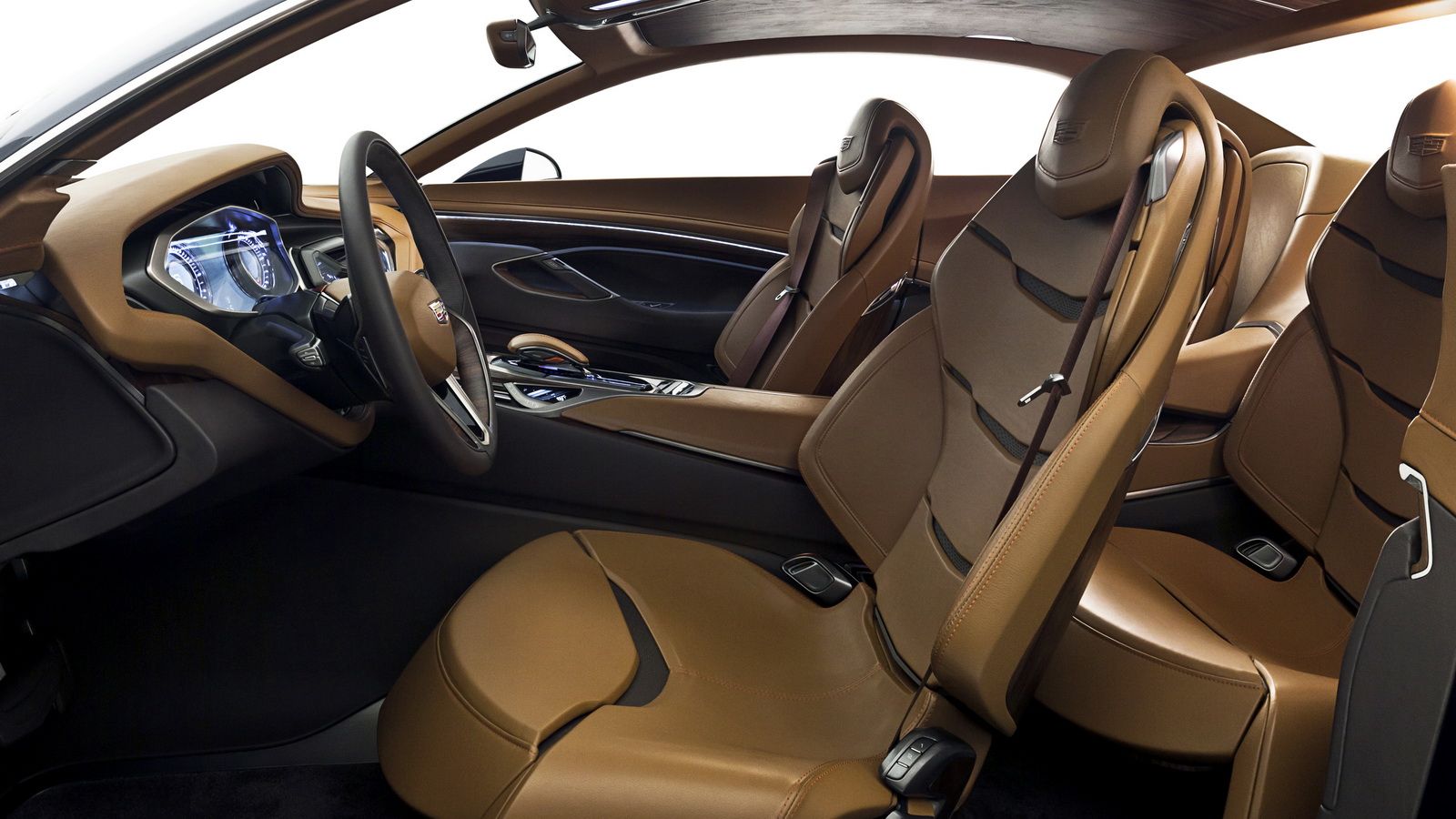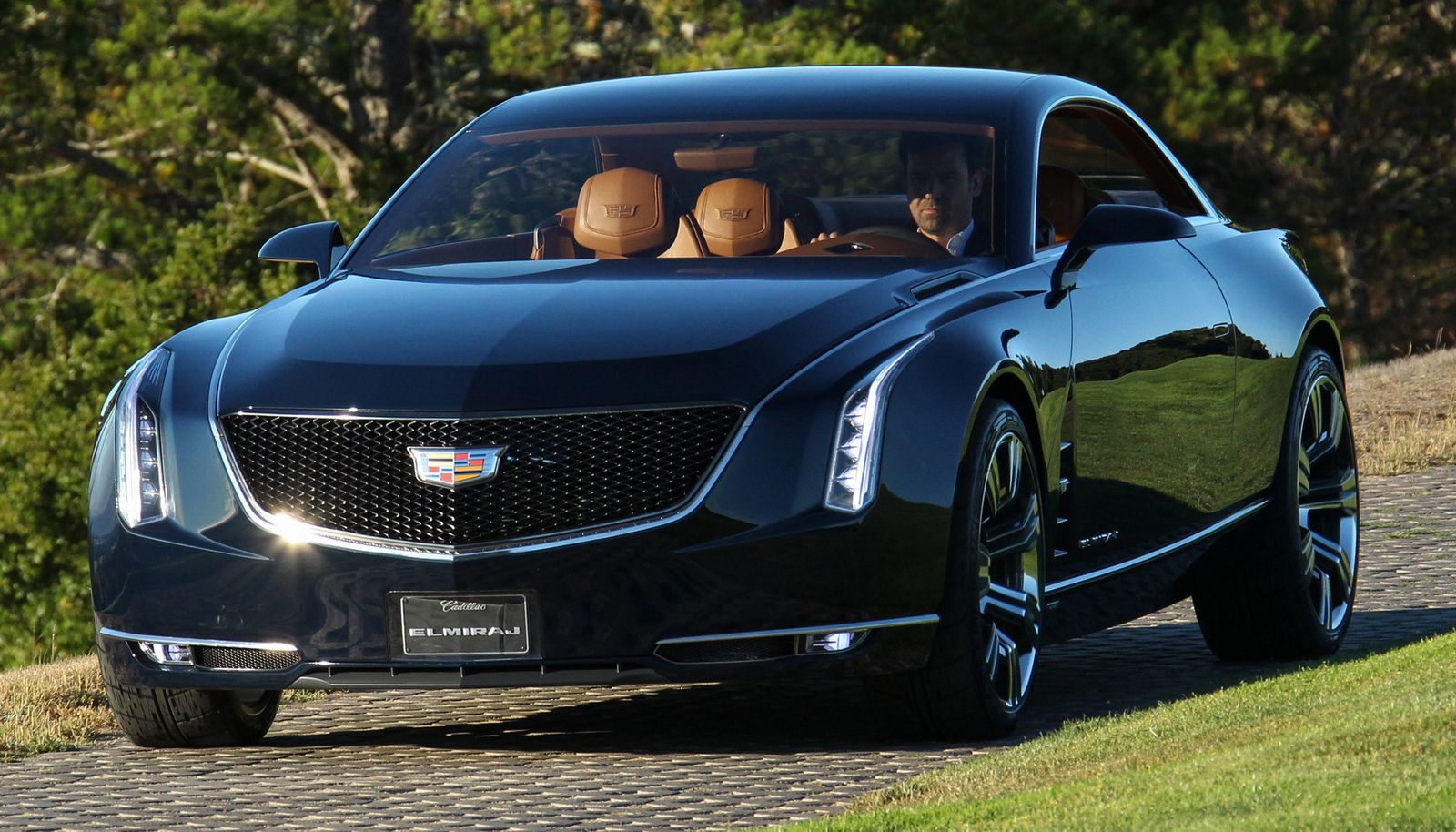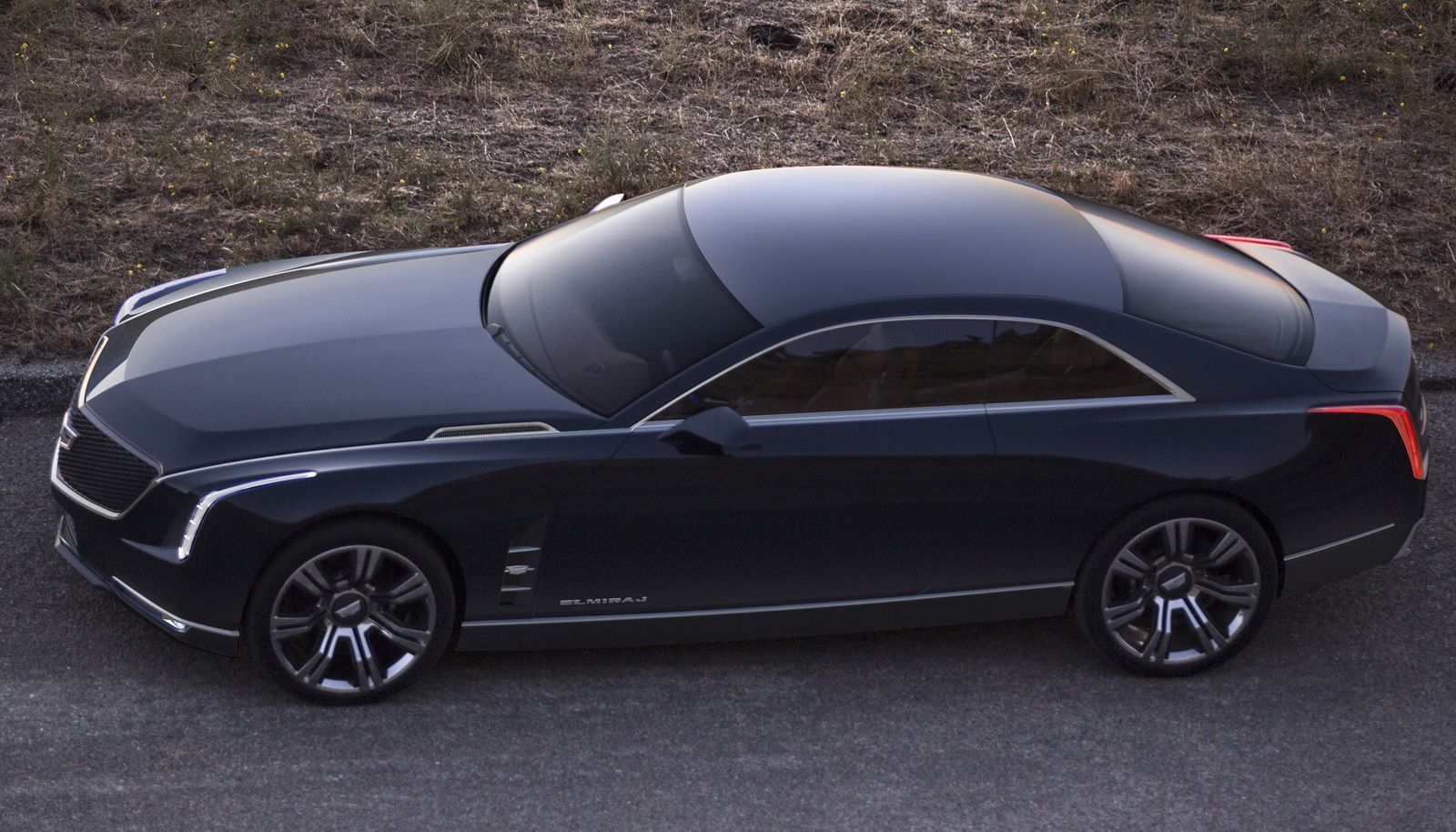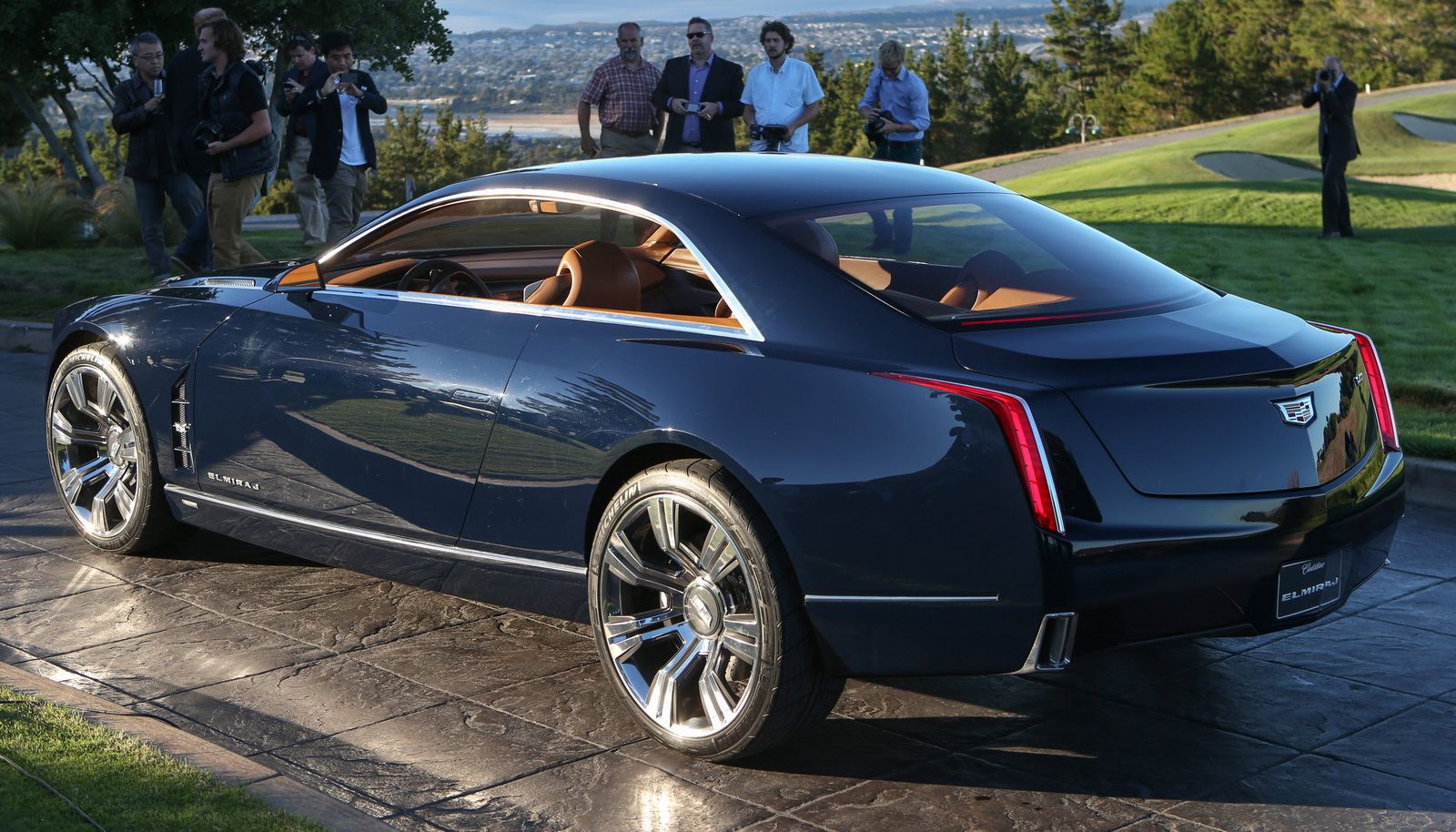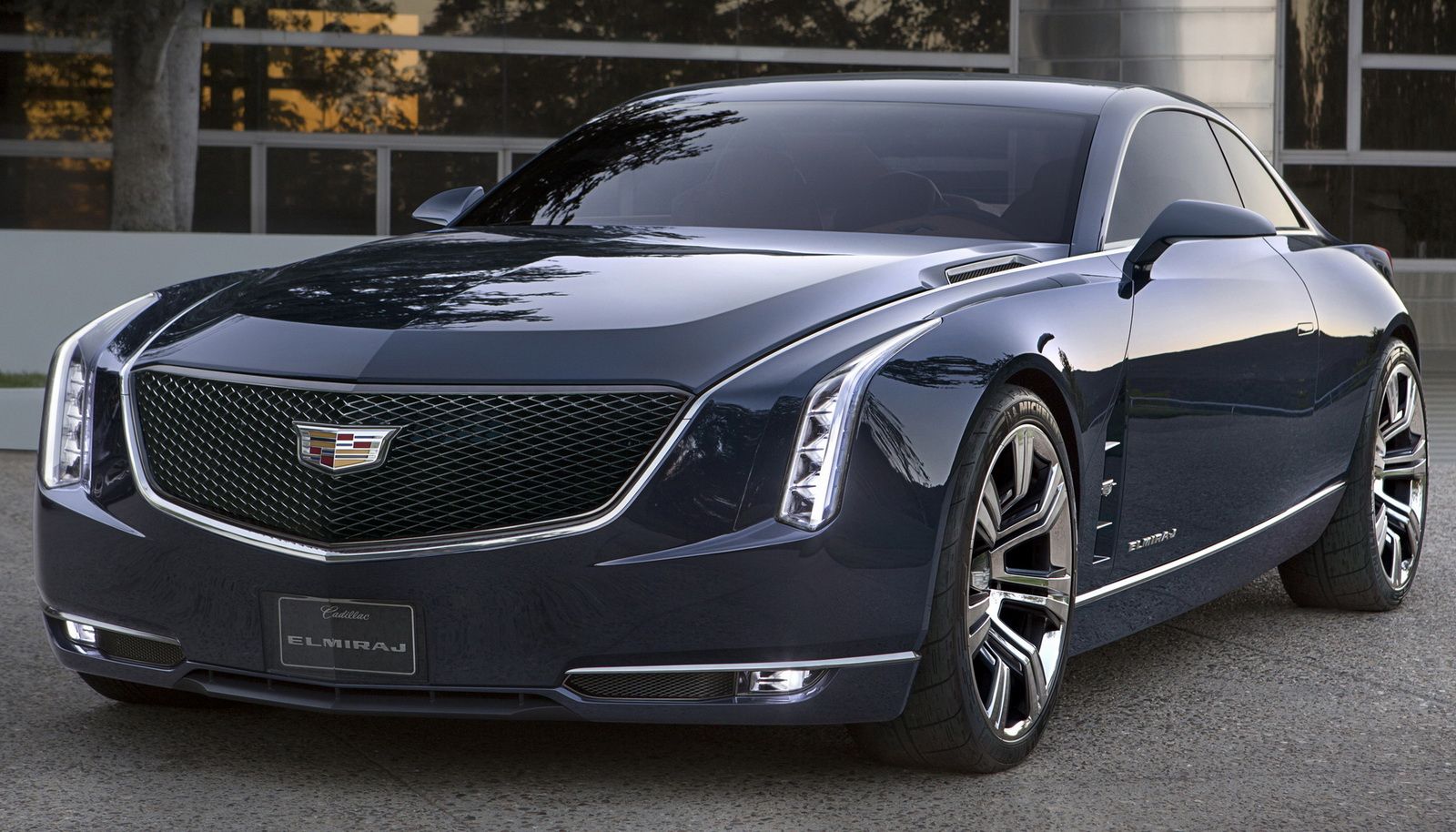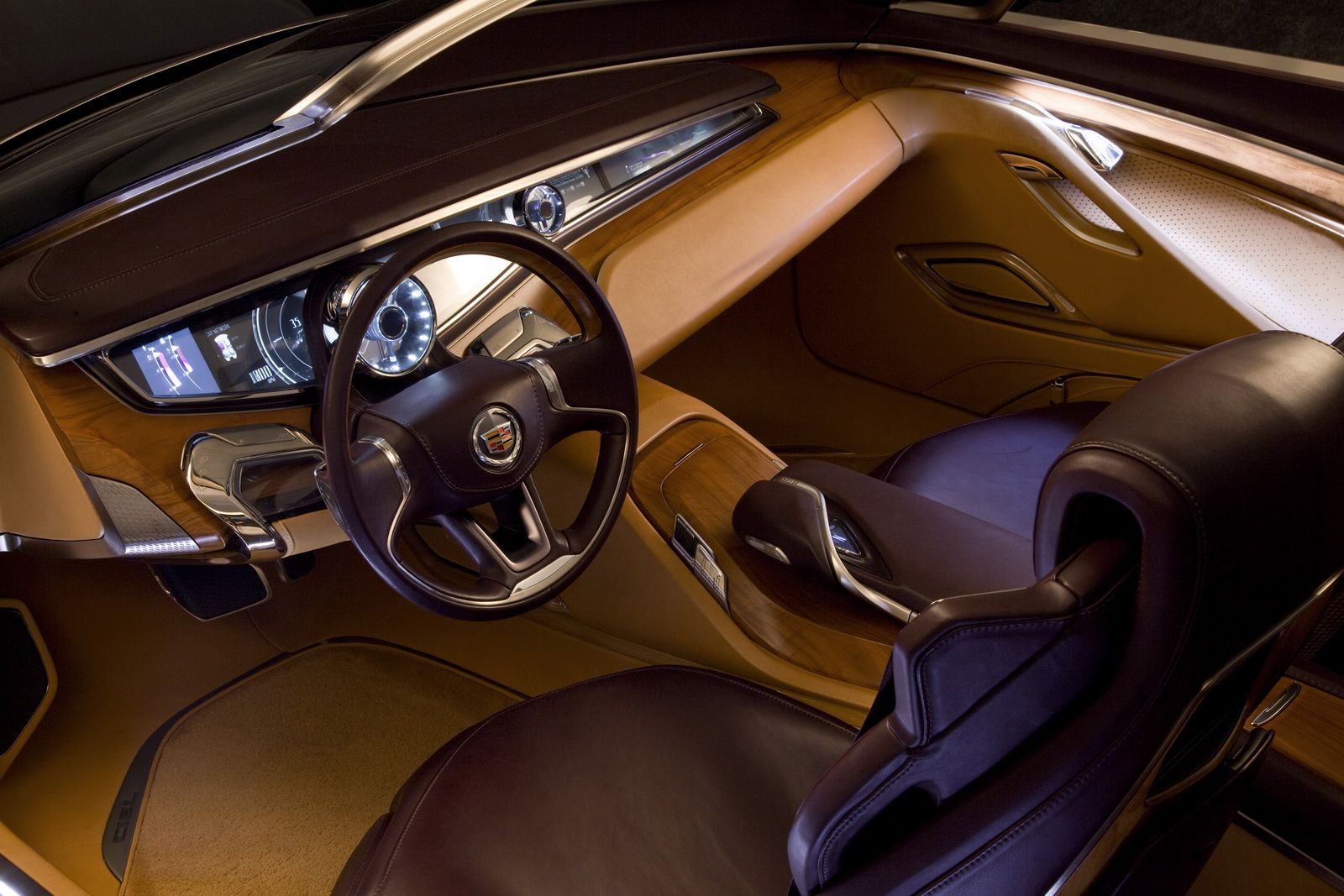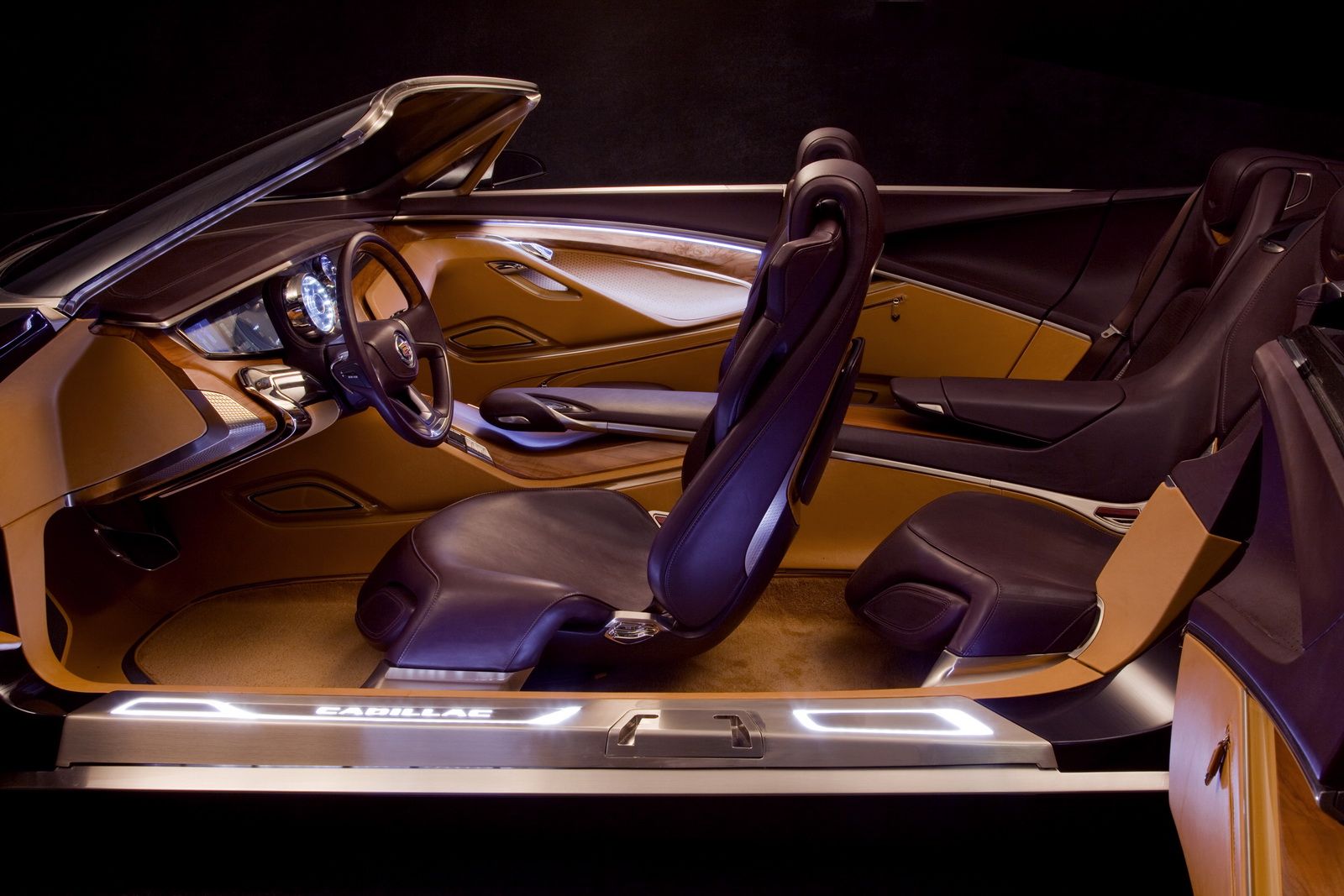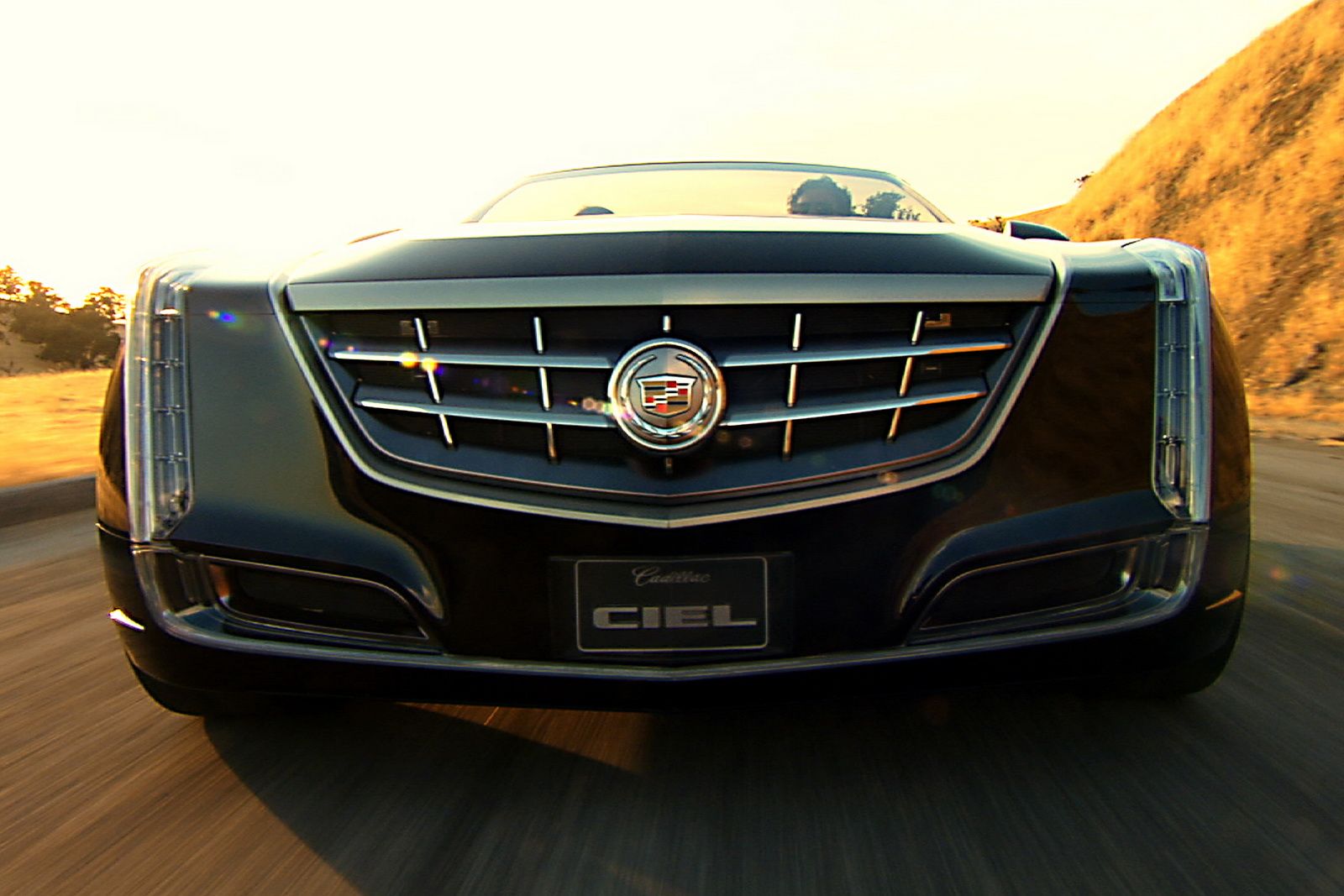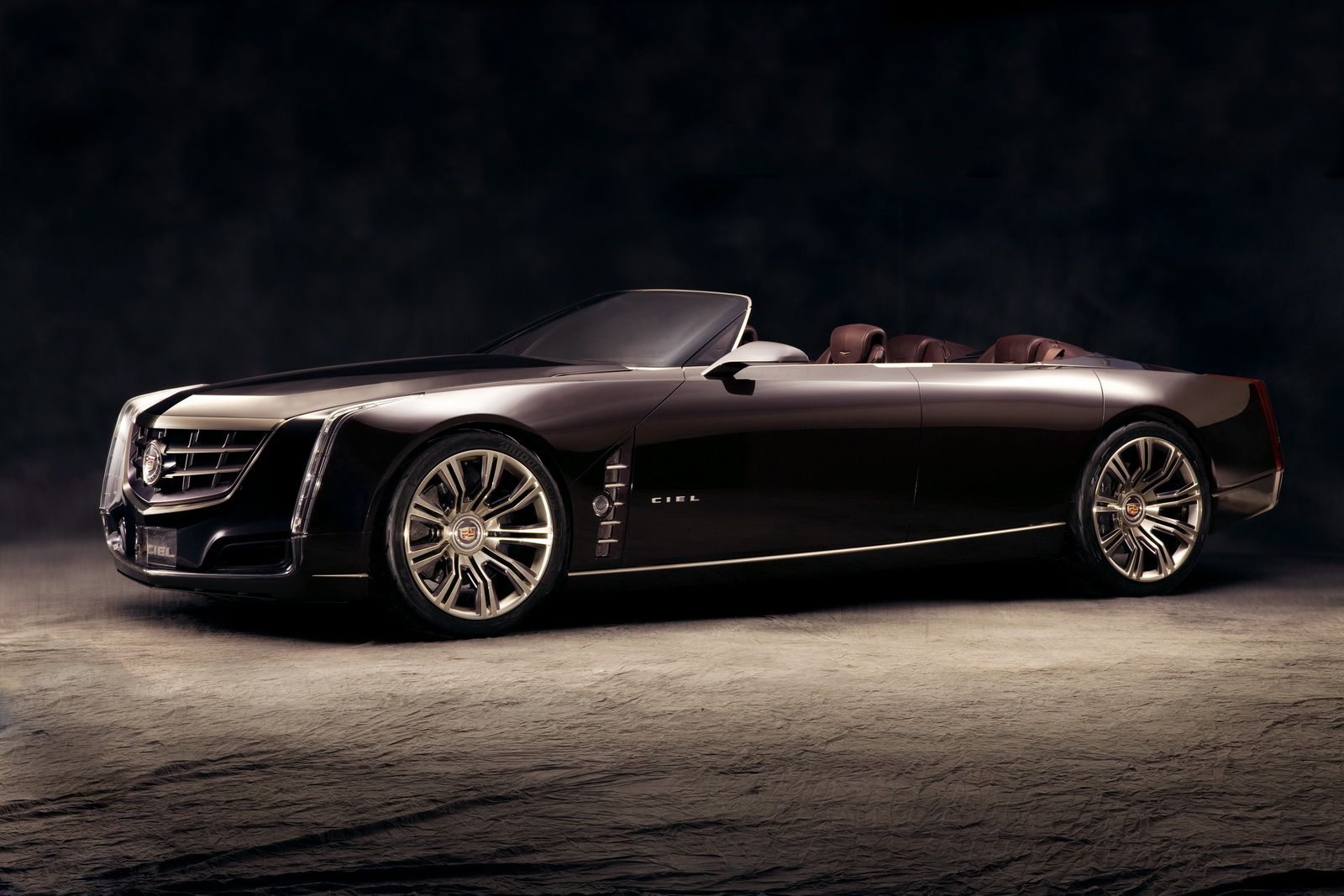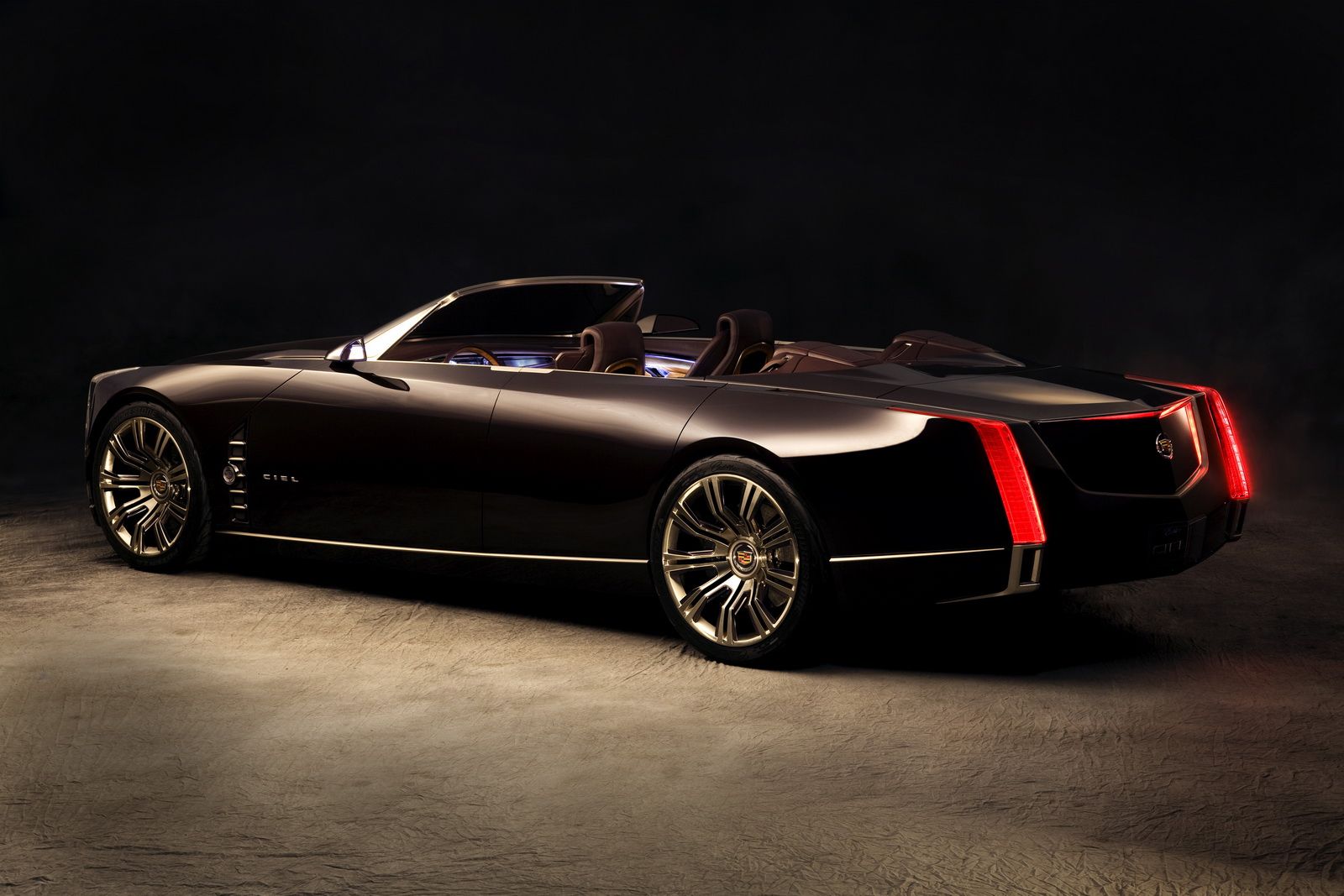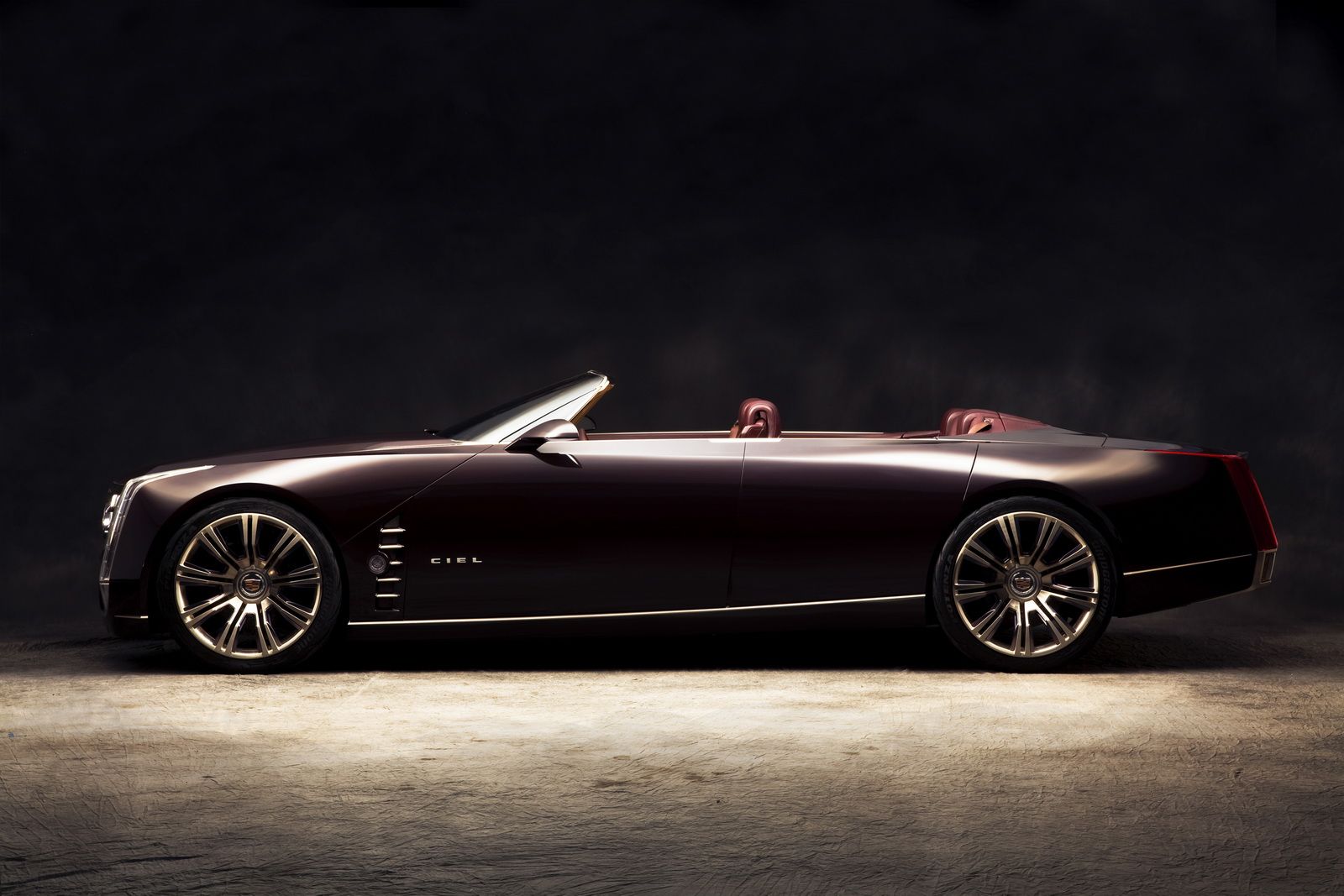Cadillac boss Johan de Nysschen has just been ousted after less than four years at the helm of GM’s luxury brand, and many suggest that he failed to see the SUV trend and relied too much on sedans, therefore hurting sales.
The former Infiniti and Audi exec certainly didn’t manage to make Cadillac a true contender in the premium class and failed to deliver on the sales front (China excluded), but maybe things aren’t quite as they seem.
Yes, the brand woke up too late to capitalize on the SUV craze and is seriously lacking in offerings compared to the Germans or Japanese. Which, given the popularity of the Escalade, seems a bit odd, but that’s just the way things are.
What de Nysschen, as well as the rest of General Motors top-level execs, failed to understand is that Cadillac shouldn’t have gone down the Germans-hunting role. For it to succeed, it would have required much more than just moving its HQ to New York City, for example; it would need a big investment on GM’s part and a long-term commitment, just as the Volkswagen Group did with Audi.
As it turned out, the General didn’t have much patience. Nor was it, or de Nysschen, paying that much attention to public reception of its cars – or its concepts, for that matter. This was a near-sighted strategy that clearly didn’t work out, and one of the reasons de Nysschen failed at his task.
Said They’d Build Them, But They Didn’t
It’s incredible how oblivious the company was to potential customers’ reaction on its sensational concepts, of which there has been no shortage off way before de Nysschen became Cadillac’s CEO.
In 2011, the automaker’s then head of design, Clay Dean, claimed that “We wouldn’t be showing the Ciel concept if we didn’t have any intentions of doing anything with it”. Well, the modern-day Eldorado-inspired convertible was spot on not just in the design department, but in the tech one, too, as it featured a hybrid powertrain, both of which would suit it perfectly even if it rolled off the production line today.
Nevertheless, apart from a part in 2015’s film Entourage, the Ciel never actually hit the road. Nor did the Elmiraj luxury coupe, which the company said was “very doable”, or the Escala saloon, though Cadillac made some bold claims about all of them when they were revealed. And that’s a shame, because they were striking in their design and could have worked perfectly as the brand’s halo cars whose charm, and some design elements, should peel off on the rest of the range.
The ELR Was Overpriced And Underengineered But A Class-Act Design Nonetheless
Would have this resulted in improved sales? In the short term, it’s hard to say, but it would have changed people’s perception of the whole brand. That’s if they were done properly, and by that we mean not like the ELR, which talked the talk with its design but failed to walk the walk. That was due to its engineering and pricing that were underwhelming for what essentially was a (much) more stylish Chevrolet Volt and resulted in it being a sales disaster.
Even so, it was a step in the right direction. Going after the Germans directly was a practice that was doomed to fail anyway, no matter how plush the new headquarters might have been. Cadillac should go on with its own business and differentiate itself from its competitors, not try and beat them on their own game.
Why, they already should have known as much by the Escalade’s success. It’s not the best in driving dynamics, quality or any other objectively-measured quantity, but it’s been a huge hit because it resonated with a lot of people and essentially became a thriving label of its own. Despite its shortcomings, the Escalade is not playing catch up but is the one rivals are trying to steal sales from.
If You Can’t Beat Them, Don’t Join Them; Do Your Own Thing
As we’ve stressed time and time again, buying a car seldom is based on rational criteria alone. That goes double for purchasing a premium model, where qualities such as brand perception, design, attention to detail and standing out from the crowd play a much more important part in the buyers’ decision than, say, pricing or running costs.
In the end, it all boils down to this: GM should have kept de Nysschen and persisted with its upscale move or not have hired him at all. We presume that they knew you can’t pull off an Audi just by hiring an ex-Audi guy and not investing big time and keep investing without letting sales numbers get in the way until you’ve become a credible player.
That’s what a real strategy is all about. That’s how Audi became a true player in the premium segment, and yet after all these years it still lags behind BMW and Merc when it comes to sales. It is now a premium brand, though, and its profits are much higher than what they used to be. There’s no such thing as a free lunch or a quick road to success, and GM ought to know that.
Make Sure You Have A Long Term Strategy – And Stick To It
Here’s hoping that newly appointed chief exec Steve Carlisle does better than his predecessor in laying out a solid plan and has GM CEO Mary Bara’s backing in the long run. Otherwise, it will be another opportunity missed, and we’re not exactly sure how many lives Cadillac still has left after all those years of failing to crawl back in the premium segment. For crawl it must, as leapfrogging the likes of Audi or Lexus in a single stroke is out of the question and the class is more hotly contested than ever, what with newcomers like Genesis joining Infiniti, Acura and the rest in vying for customers’ attention away from the German establishment.
Make no mistake: Carlisle is in for a Herculean task. Whether he chooses to launch a volley of SUVs, build the Escala or do something else completely, is entirely up to him. It just feels a shame to waste all this brilliant design talent displayed so far.








